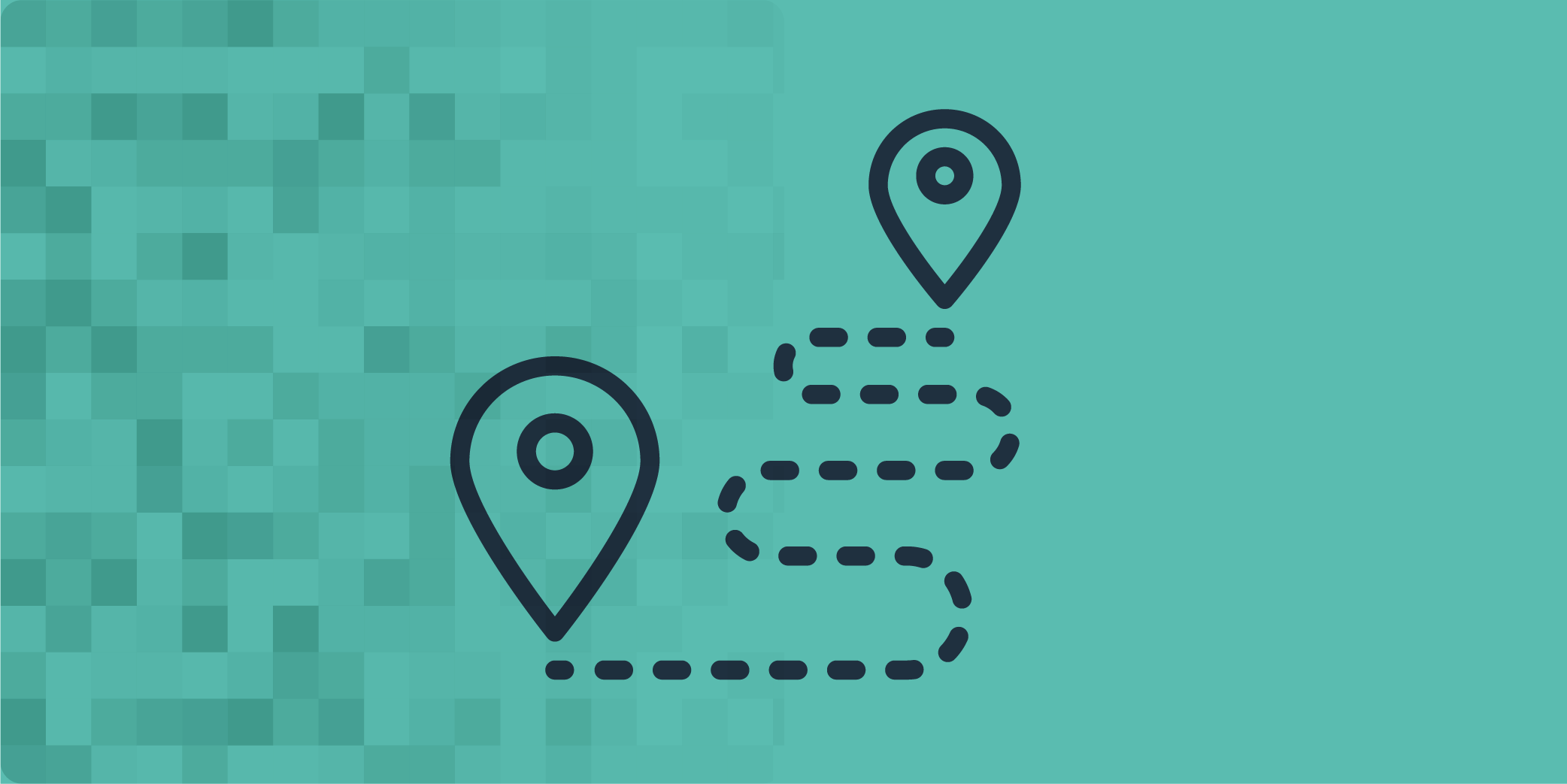Table of Contents
In today’s world, inbound marketing is gaining more and more traction. Inbound marketing is creating content that brings people to your content rather than reaching out to them like traditional outbound marketing. But knowing what it means is different than implementing an inbound strategy.
The inbound methodology is made up of many different facets, but at its core, it’s all about putting the customer first and creating content and processes that aid with that mission. The two biggest pieces of inbound, especially for the marketing side of it our Buyer Personas and the Buyer’s Journey.
In this post, we’re going to be breaking down the buyer’s journey side of things!
The Buyer’s Journey
The buyer’s journey is defined as “the active learning process a person goes through when purchasing a product or service.” Everyone goes through this process, whether you’ve purchased a car, picked a place to eat for lunch, or even picked up a bottle of Coke at the grocery store.
From a business perspective, you want to use the buyer’s journey as a guide to help you relate with the buyer. While you are focused on creating content fitting into one of the stages of the inbound methodology, your buyer is busy identifying their problem, understanding what options could alleviate their problem, or comparing their top picks when they are ready to make a purchase.
The journey can be broken into three stages: awareness, consideration, and decision. To best explain this concept, let’s use an example of a fake company, “Taylor Industrials,” who sell heavy machining equipment. They are going to map out the buyer’s journey that culminates in purchasing one of their forklifts.
Awareness Stage
The first stage, awareness, is the buyer noticing that something is off. There are symptoms of an issue, but the buyer cannot state their problem in one, concise sentence.
For the ideal buyer of a forklift, they might start to notice symptoms like:
- Production times our slowing.
- Product storge is not optimized.
- Ladders are not getting the job done.
As a business, your goal is to help the buyer identify their problem. You’ll be looking to offer content to help them identify their symptoms and understand that their problem can be wrapped up in a simple sentence. For Taylor Industrials, they want the buyer to realize their problem is, “They need a better way to move items around for storage.”
Some content formats to consider might be short whitepapers, videos, or blog posts. This will allow your brand to establish itself as a reliable source of information to the buyer and makes way for your business to immediately follow up with information that will aid them in the second phase of the buyer’s journey.
Want to make your marketing and branding more effective? Check out our first-to-market product called the “Rulebook!” Learn more about it here.
Consideration Stage
The consideration stage features a buyer who is committed to researching options for alleviating their newly defined issue. Your buyer wants/needs information at this stage—they are not yet ready to purchase a solution. This means you want to provide content that highlights the different products/services your company offers that could feasibly help the buyer in their current situation.
In our buyer’s journey for purchasing a forklift, the buyer will start to compile options such as:
- I could build a better ladder system
- I could buy a forklift
- I could rearrange all my storge to make things lower to the ground
As a business, you might think about providing customer testimonials, videos highlighting your products/services, live webinars for demos. This research will help your buyer decide on their solution and move into the decision stage.
Decision Stage
In the decision stage, the buyer is comparing different companies to purchase their solution. Once the buyer has picked a solution that you provide, you want to ensure that they choose your brand over your competitors. For our example business, the buyer might be choosing between
- Bobcat
- Taylor Industrials
- JCB
As a business that has made it to this stage of the buyer’s journey, you should be providing options that convince the buyer that your company is best suited to handle their issue. For our example, the buyer has decided to buy a forklift, so their attention now focuses on purchasing the right one for their needs. Content that highlights that your product is the right choice can come in the form of a demo or trial, charts that highlight the advantage you have over other products, and deals (i.e., discounts).
Taking the time to understand what your buyer is feeling and thinking about what information they need, you have now increased your chances of getting customers/clients who best fit your products/services. This will translate into a higher retention rate for your company as well as ambassadors for your business who will attract more people to the top of your funnel.

